The Bushfires in New South Wales (NSW), Australia are still burning. Officials have declared a state of emergency for the third time for NSW this fire season. The majority of the state is under a high to a very high fire danger rating with catastrophic conditions. There have been seventeen deaths reported across Australia, with most of them being in NSW. The bushfires have destroyed over 900 houses and 2,000 outbuildings.
Bushfire season in Australia is only about half way over. There was a break in elevated fire weather over Christmas, as temperatures decreased and moisture increased. Unfortunately, hot, dry, and windy weather has returned bringing elevated fire conditions once again. On top of that, in the past few weeks, there were record breaking temperatures, which reached 107.4º F. Currently, there are about 130 fires that are still burning across the state. Due to expected extreme fire danger in the South Coast, tourists along a 155 mile stretch have been advised to evacuate before the fourth of the month.
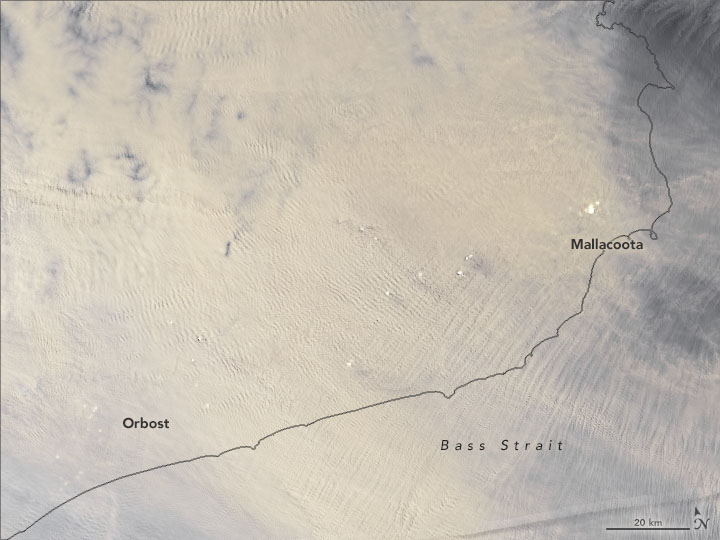
Aerial image on New Years Day of smoke blanketing Southeast Australia
Bushfire Outlook:
About 2,500 firefighters are currently deployed to the bushfires across the state. Employers are giving volunteer firefighters more paid leave to encourage people to lend their time in fire fighting efforts. More hot and dry weather, with strong winds will continue to allow the bushfires to spread rapidly. Temperatures in the Southern Coast are expected to reach 105º F, with winds around 20 mph, and RH about 25%. Communities on the Southeast Coast near the NSW and Victoria borders are being told to leave the area before dangerous conditions return on Saturday (01/04/2020). People in fire prone areas are advised to be alert of rapidly changing fire behaviors and conditions, which could put them in danger leading to evacuations.
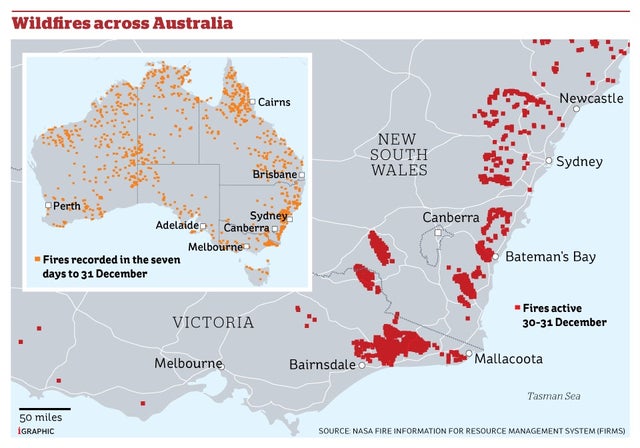
Current fire locations across NSW and Victoria
Bushfire Facts:
- As of: January 2, 2020
- Location: East Coast of NSW, Australia
- Size: > 3 million hectares à 7.4 million acres (estimated)
- Containment: unknown
- Fire Behavior: Fire is expected to continue to spread rapidly with hot, dry conditions and strong winds. Tall grasses and heavy brush in the rural areas are fuels that aid in the fires rapid growth.
- Structures Destroyed: > 900 houses and 2,000 outbuildings (estimated)
- Evacuations: Are advised throughout NSW, specifically near the Blue Mountains, Wollemi National Park, Green Valley, Braidwood, Batemans Bay, and Lake Burragorang, as well as many other areas along the Southeastern Coast.
- Incident Page: https://www.rfs.nsw.gov.au/fire-information/major-fire-updates
- News Article: https://www.cnn.com/2020/01/02/australia/australia-fire-evacuation-intl-hnk-scli/index.html,

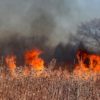
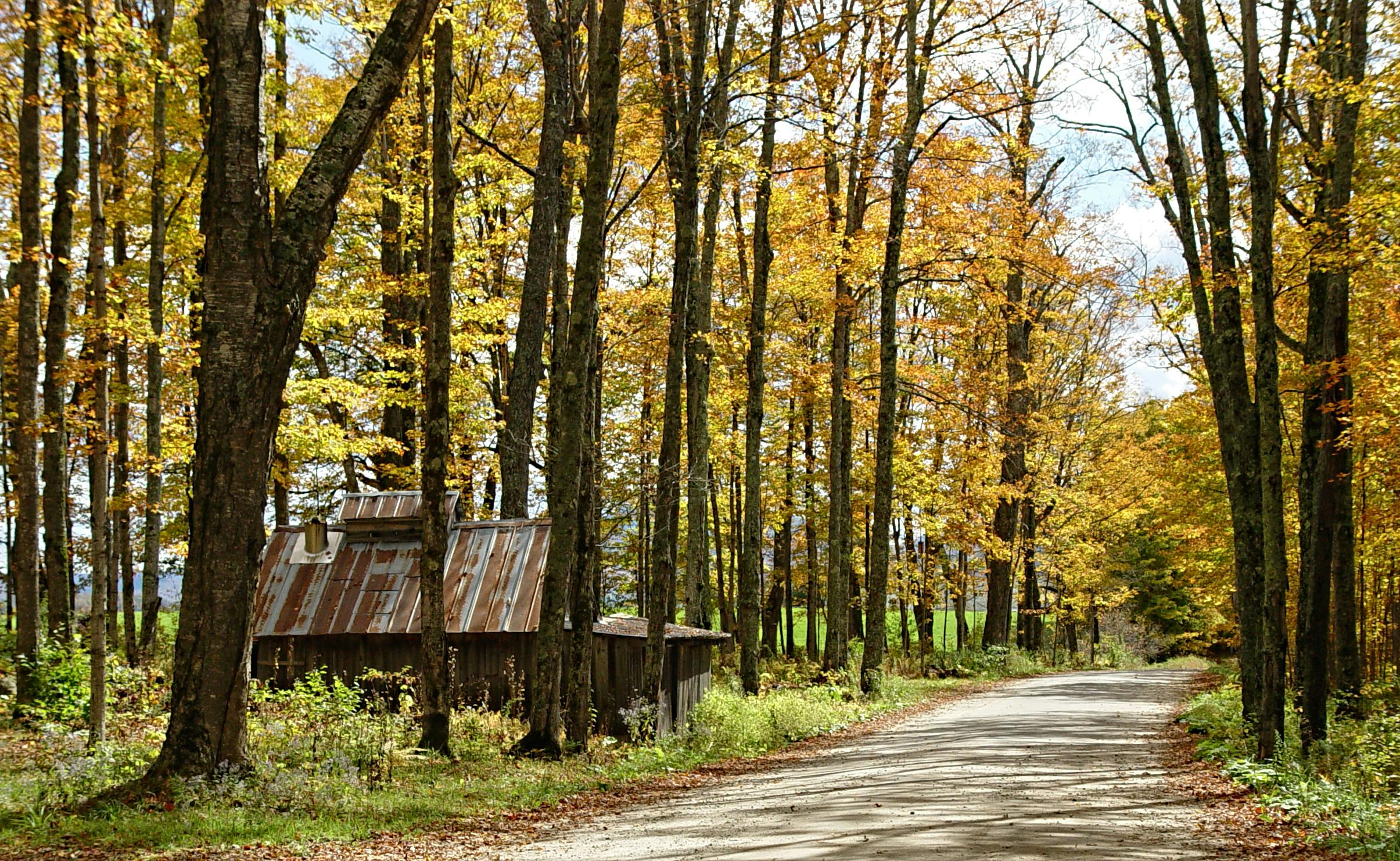
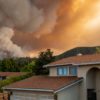
One Comment